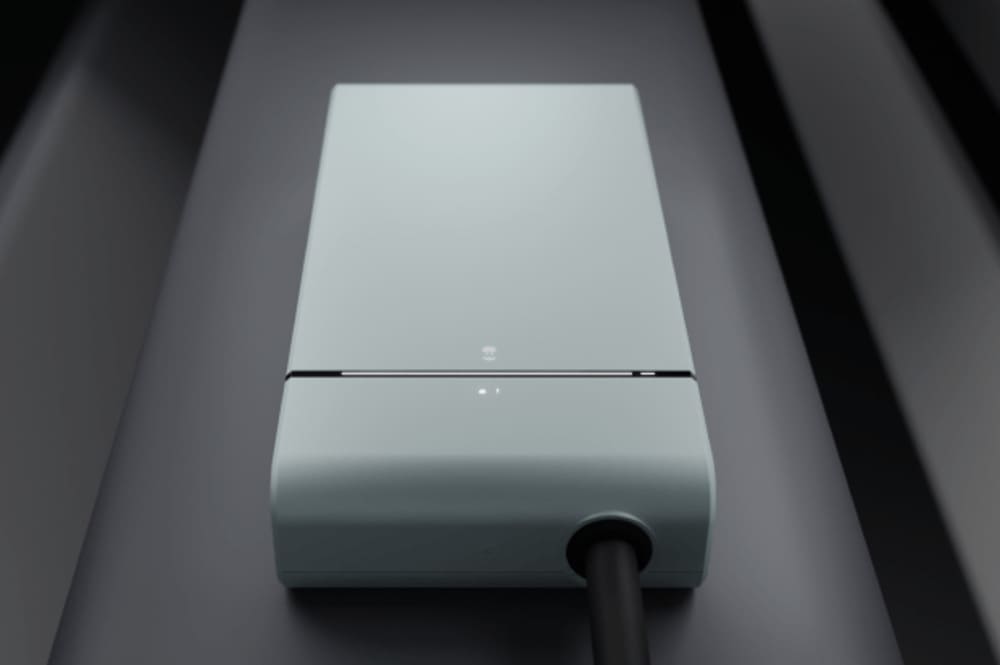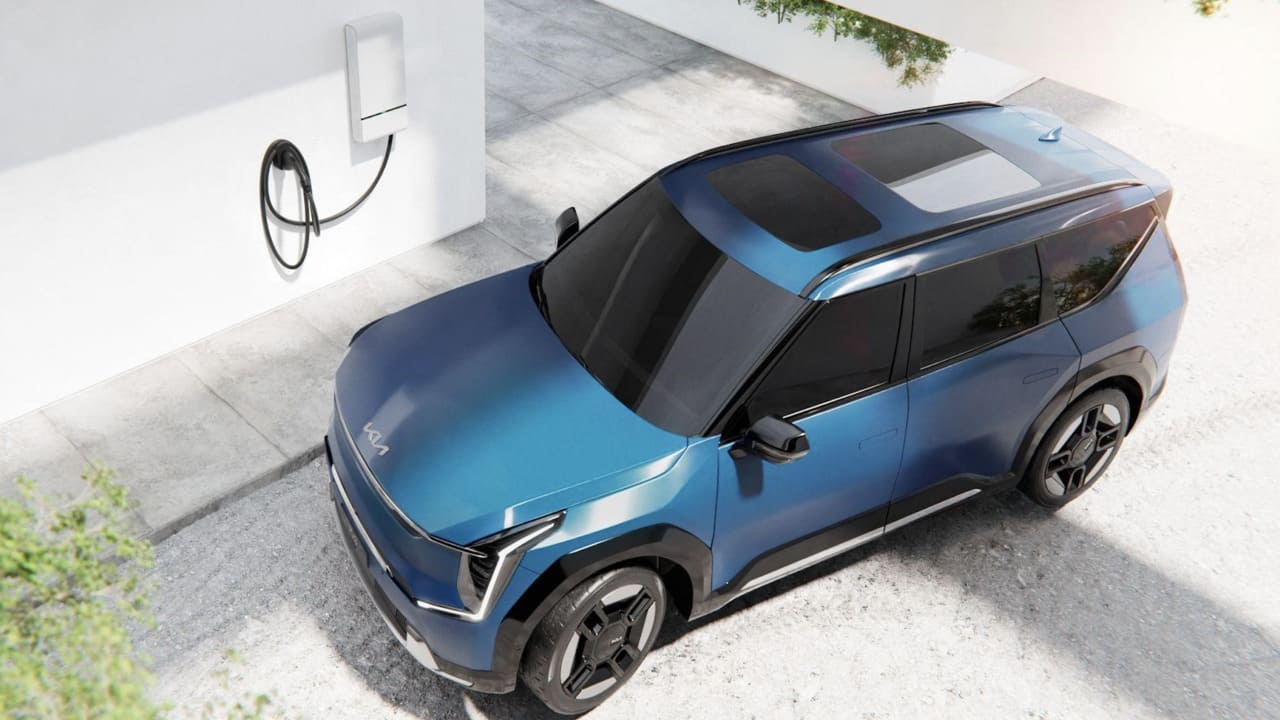Wallbox, a leading global provider of electric vehicle (EV) charging and energy management solutions, has partnered with Kia America. The objective of the partnership is to make available, starting from the first half of 2024, Quasar 2Wallbox’s second generation DC bidirectional charging, for Kia EV9 owners.
Quasar 2, the new next generation bidirectional charging
Quasar 2, 11.5 kW, represents the new generation of bidirectional charging: innovative solutions that allow electric vehicle owners to charge and transfer electricity via their EV, both to power their home (vehicle-to-home – V2H) and to return energy to the grid (vehicle-to-grid – V2G ).
Kia EV9, the electric car
Kia EV9, instead, it is the car model capable of storing between 76 and 100 kWh of energy, an amount almost 5 times higher than a standard 13.5 kWh domestic energy storage system, allowing the typical energy consumption of a family to be covered .

The Power Recovery Mode of bidirectional charging
In the event of a power failure, the “Power Recovery Mode” di Quasar 2 allows you to switch from the mains to the car as a power source, using the vehicle’s battery as an emergency generator. This backup service is becoming crucial, considering the increase in the frequency and duration of power outages.
In California, for example, last year alone, 39 blackouts occurred, with over 414 hours of electricity interruptions in total. Nationwide, these unexpected events cost the U.S. economy $150 billion annually.
The energy savings expected by Wallbox
Wallbox estimates that, when combined with utilities’ Demand Response programs and taking advantage of hourly rates, Quasar 2 will be able to offer users savings per year on the energy bill amounting to over €800. This approach allows users to optimize the impact of V2H technology by scheduling charging sessions when energy prices are low and discharging the car to power the home when prices are highest.
Additionally, those who have installed photovoltaic panels can store excess solar energy in their vehicle during periods of low consumption, and then use it at other times, including peak periods, thus reducing their dependence on the grid and promoting adoption of renewable energy.















Leave a Reply
View Comments